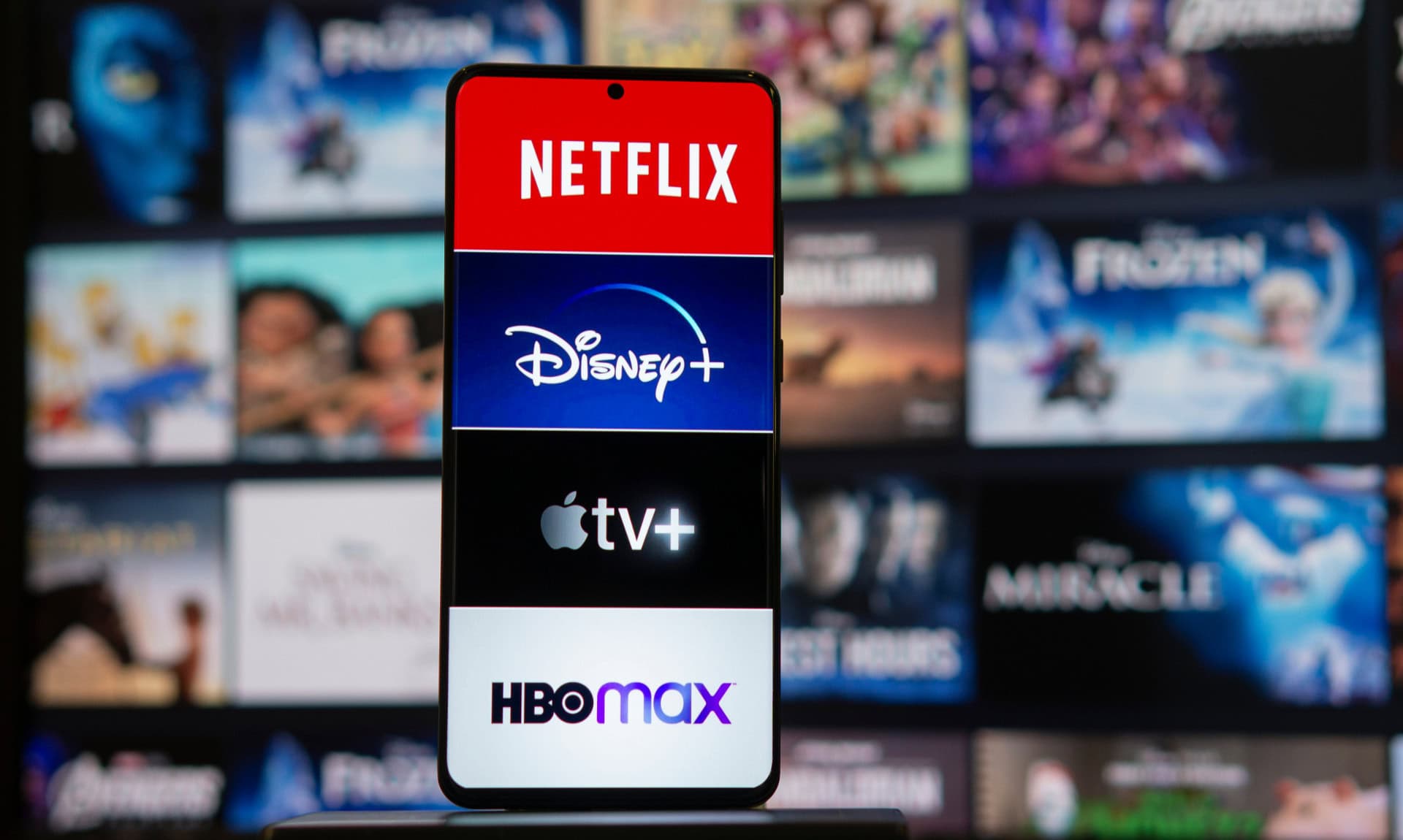
Connected TV Statistics: Viewership & Growth Trends (2024)
Connected TV (CTV) is revolutionizing the way audiences consume content, driving significant connected TV growth in recent years. With increasing viewership and evolving trends, understanding connected TV statistics is crucial for advertisers aiming to leverage this medium effectively.
This article covers the latest CTV statistics and growth trends for 2024, offering insights into how marketers can optimize their strategies.
1. Rapid Growth in Connected TV Households
In 2022, a staggering 111 million households in the United States engaged with connected TVs at least once a month. This trend is expected to continue its upward trajectory, with forecasts predicting that 121 million U.S. households will use CTVs, including smart TVs, streaming devices, or gaming consoles, by 2027.
For advertisers, this growth signifies a vast and expanding audience, underscoring the importance of incorporating CTV advertising into their media strategies to reach a diverse and engaged viewership.
2. Record High Connected TV Penetration
In 2023, the penetration rate of connected TVs in the United States reached an unprecedented level, with 88 percent of American households owning at least one internet-connected TV device. This milestone reflects the widespread acceptance and integration of CTV technology into everyday life.
3. Surge in Connected TV Advertising Spend
In 2023, connected TV advertising spending in the United States was projected to reach $24.6 billion. This growing medium combines the precision of OTT advertising with the extensive reach of traditional TV advertising, allowing tailored, skippable ads to be served to target audiences during their streaming sessions.
As this trend continues, CTV ad spending is expected to soar to $42.4 billion by 2027.
4. Shifting Budgets Toward Connected TV Advertising
A survey conducted among U.S. video marketers between February and March 2023 revealed significant budget reallocations toward connected TV advertising. Among respondents increasing their CTV ad spend for 2023, 37 percent were shifting funds from digital TV budgets, while 36 percent were reallocating from other digital and mobile video formats.
This shift underscores the growing recognition of CTV’s effectiveness, as marketers move away from other strategies to leverage streaming ads.
5. Dominance of Roku in Connected TV Ad Views
In the first half of 2023, Roku emerged as the leading platform for connected TV ad views, with 44 percent of ad views originating from Roku devices. Fire TV followed, capturing 16 percent of the ad views.
This dominance by Roku highlights its significant role in the OTT and CTV landscape, offering advertisers a prime platform to reach a substantial portion of the streaming audience.
6. Preference for Connected TV Ads Over Linear
A June 2022 survey revealed that 64 percent of U.S. connected TV viewers would rather watch ads if it meant paying less for content. Additionally, 57 percent of respondents expressed a preference for CTV ads over traditional linear TV advertising.
This trend is expected to persist, indicating that ad-supported models will likely remain a popular choice among viewers, providing advertisers with a receptive audience for their targeted campaigns.
7. Rise of Ad-Supported Streaming Services
In May 2023, the number of U.S. households streaming ad-supported content surpassed those viewing non-ad-supported content for the first time. As subscription-based service growth rates have decelerated, the viewership for ad-supported streaming has been climbing more rapidly.
This TV viewership trend is likely to continue, highlighting a significant shift in consumer preferences and presenting advertisers with growing opportunities to reach audiences through ad-supported platforms.
8. Subscription Preferences Across Major Streaming Platforms
A May 2023 survey found that most U.S. CTV households using Netflix, Disney+, and HBO Max opted for the subscription-based versions, with Netflix leading at an 83 percent non-ad-supported streaming rate. Conversely, platforms like Hulu, Peacock, and YouTube saw higher popularity for their ad-supported plans compared to their subscription tiers.
This divergence in consumer preferences underscores the varied monetization strategies and opportunities for advertisers to engage with audiences on different platforms.
9. Demographics of Connected TV Viewership
A 2023 survey in the United States revealed that the majority of connected TV viewers were aged between 18 and 34, with nearly two-thirds of these respondents using CTV devices daily. Additionally, 27 percent of individuals over 55 years old reported watching videos on connected TVs every day.
These demographics highlight the widespread adoption of CTV across different age groups, presenting advertisers with diverse audience segments to target with their campaigns.
10. Growing Popularity of Connected TV Among Millennials
Recent data shows that there were 56.8 million connected TV users among millennials in the United States, with projections estimating this number will reach 62.6 million by 2025. While CTV usage is consistently rising among younger generations, it remains less popular among Gen X and baby boomers.
This trend underscores the importance for advertisers to focus their CTV campaigns on millennial audiences, who are increasingly engaging with this technology.
Connected TV Growth Statistics: Final Thoughts
In recent years, connected TV growth trends have been remarkable, with substantial increases in household adoption, advertising spending, and viewer engagement. As CTV viewership reaches new heights and ad-supported models gain popularity, advertisers are presented with unparalleled opportunities to connect with diverse and engaged audiences through CTV advertising platforms.
News Via Inbox
Get our monthly report on all the latest and greatest trends in digital marketing.



